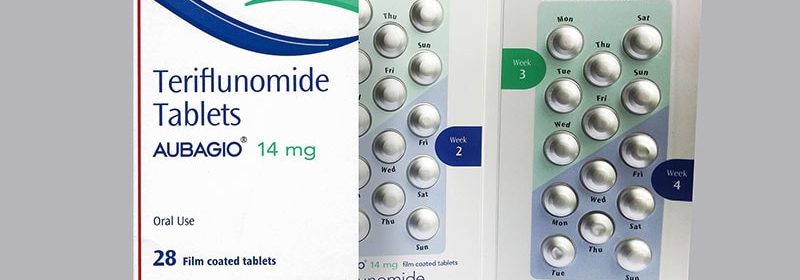New Evidence Early Tx Improves Preclinical MS Outcomes

TOPLINE:
The disease-modifying treatment (DMT) delays conversion to clinical multiple sclerosis (MS) for patients with radiologically isolated syndrome (RIS) and has a reassuring long-term safety profile, new research shows.
METHODOLOGY:
Early use of DMTs is typically recommended for patients with established MS, but mounting evidence, including the ARISE trial, which assessed Tecfidera, suggests these agents benefit patients with RIS, the earliest detectable preclinical MS stage.
The new study, known as Teriflunomide in Radiologically Isolated Syndrome (TERIS), included 89 adult patients with RIS (mean age, 37.8 years) from centers in France, Switzerland, and Turkey. Participants were randomly assigned to receive placebo or teriflunomide 14 mg daily. Teriflunomide is an oral immunomodulator approved for treating relapsing-remitting MS.
Investigators performed MRI at baseline and at weeks 48, 96, and 144 and at any time during the study if warranted.
Researchers adjusted for potential confounders, including sex, age at RIS diagnosis, MS family history, brain T2-weighted hyperintense lesion volume, and presence of Gd+/− lesions.
The primary outcome was time to a first acute or progressive neurologic event resulting from central nervous system demyelination, expressed as a rate of conversion to clinical MS.
TAKEAWAY:
Eighteen participants ― nine in each group ― discontinued the study, resulting in a dropout rate of 20%.
The risk of a first clinical event was significantly reduced in the teriflunomide arm (mean time to event, 128.2 weeks) with eight clinical events (six acute, two progressive) in comparison with the placebo arm (mean time to event, 109.6 weeks) with 20 clinical events (18 acute, two progressive) and an adjusted hazard ratio of 0.28 (95% CI, 0.11 – 0.71; P = .007).
All secondary MRI measures, including the cumulative number of new and/or newly enlarging T2 lesions and the cumulative number of Gd+ lesions, did not reach statistical significance, although these were numerically lower in the teriflunomide arm, possibly because participants with early events switched to the treatment arm.
The most common adverse events that occurred more often in patients treated with teriflunomide were gastrointestinal disorders (11.4%), dysmenorrhea (9.1%), benign respiratory infections (6.8%), general disorders/conditions (6.8%), and transient increase of transaminases (4.5%).
IN PRACTICE:
“These results suggest that for the first time, we may have an opportunity to better identify those at risk for a primary progressive clinical course at this preclinical stage and prevent or delay clinical progression from the onset, which is a clear unmet need in MS clinical practice,” wrote the authors.
SOURCE:
The study was carried out by Christine Lebrun-Frénay MD, PhD, head of the inflammatory neurological disorders clinical research unit and MS center at the University of Nice, France. It was published online August 21, 2023, in JAMA Neurology.
LIMITATIONS:
The investigators could not stratify at-risk subgroups according to risk factors for developing MS, mainly because of power issues. The study was prematurely discontinued by its financial sponsor (Sanofi), owing primarily to slow enrollment that resulted from national regulations on activating recruitment sites and the impact of the COVID-19 pandemic. Another challenge for the study was that some individuals with RIS had already been exposed to a DMT or hesitated to participate in a clinical trial. The financial sponsor, which provided the study drug and placebo tablets, terminated their availability, given the anticipated release of generic teriflunomide.
DISCLOSURES:
The study was supported by Sanofi, the University Hospital of Nice, University Cote d’Azur, and the Radiologically Isolated Syndrome Consortium. Lebrun-Frénay has no relevant conflicts of interest; other authors’ disclosures are available in the original article.
For more Medscape Neurology news, join us on Facebook and X.
Source: Read Full Article